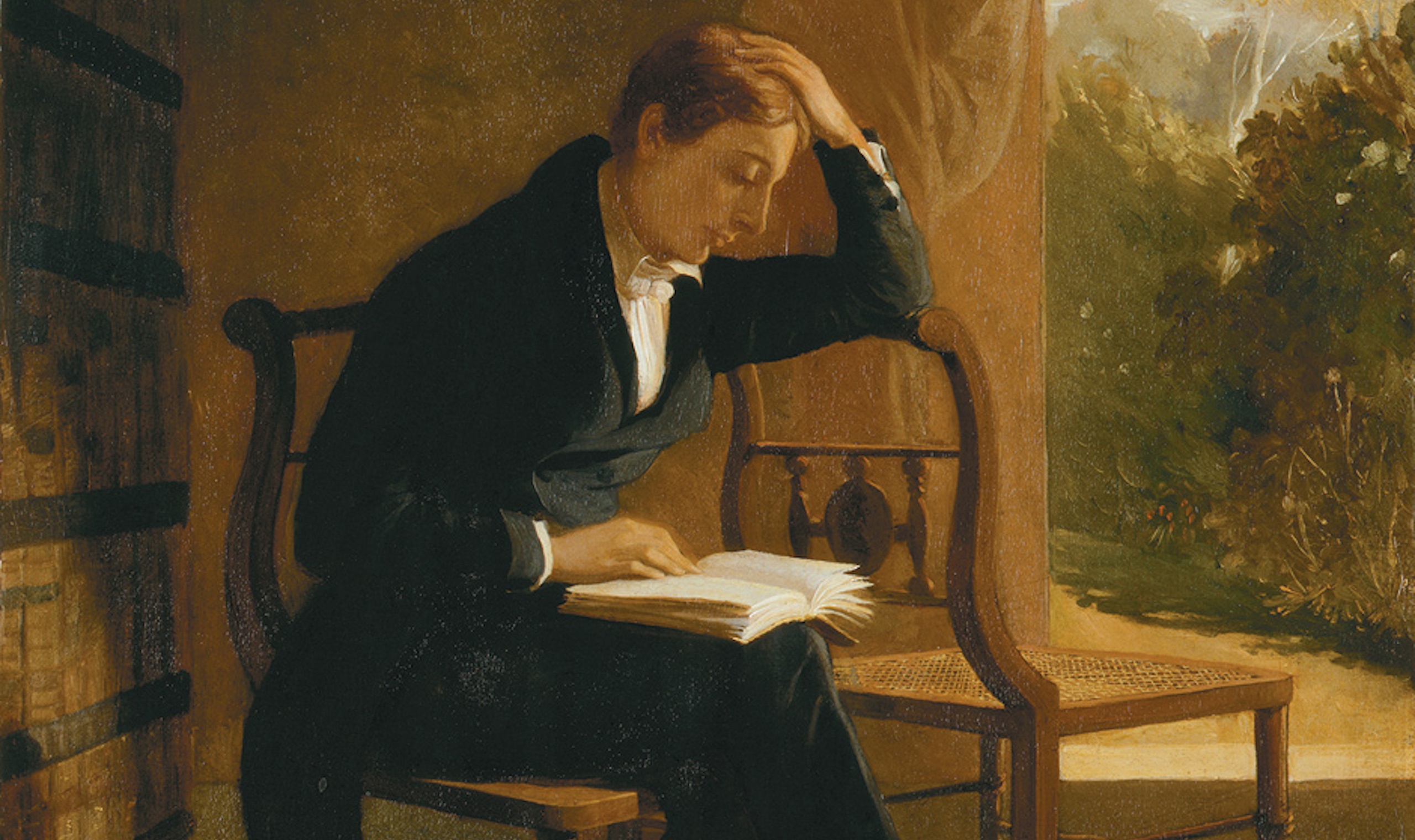John Keats was one of the key figures within the second wave of romantic poets – alongside the likes of Lord Byron and Percy Shelley – and he is remembered as one of the most brilliant poets in British literary history.
Is this praise deserved or is the work of Keats only held in high regard by literary snobs and upper-class pseudo-intellectuals? Well, it is likely a mixture of both. A lot of Keats’ work is shrouded in obscure references to Greek mythology or language which has become outdated since the time period it was penned, but if you manage to look beyond the initial pretentiousness, you will find many of the key themes still resonate with modern audiences – even 200 years after his death.
Keats was a man driven by passionate emotion but (like every great artist) was unappreciated in his time, his work only gained recognition for its genius after he died of tuberculosis in 1821. He experimented with different themes and ideas – from gothic stories of nymphs and snakes in ‘Lamia’, to Shakespearian style sonnets; the versatility shown within Keats’ poetry is quite incredible. In many ways, perhaps it is better that Keats died a relative unknown, as it allowed him to express himself with total freedom. It did not matter what he said because it was only going to be read by a small audience, thus allowing him to be totally vulnerable to his own emotions within his writing. This is something that should resonate with young people today: the free expression of your emotions not clouded by societal devices or the outdated stiff upper lip attitude favoured by older generations is something we can all aspire to.
The story of John Keats is akin to the story of a modern-day rock star: a tortured, unappreciated genius taking ungodly amounts of psychedelics only to die at the age of 25. One could argue he was more rock ‘n’ roll than Mick Jagger. Whilst the 80-line-long ‘Ode to a Nightingale’ might not be as catchy as ‘Dancing in the Street’, it certainly has a lot more meaningful substance to it (and isn’t accompanied by quite such a terrible music video). After all, Keats was only 21 when his first poem was published (‘O Solitude’) and was experiencing and expressing emotions that have been felt by nearly every young person at some point in their lives.
If people read Keats more regularly, perhaps if it was not thrust upon unwilling A-Level students so forcefully, they would discover the themes of love, conflict, melancholy and confusion – topics which are surely relevant to most young people today. Confused, depressed and incredibly high: young people today have more in common with John Keats than with soulless pop stars.
Over the years, Keats’ writing has become a voice for the outcasted, despondent and intellectual – most obviously signified by the mention of him within the lyrics of The Smiths’ 1986 song ‘Cemetry Gates’. Two hundred years after the death of John Keats, there is still a place for his poetry within our society – whether that is in the dusty libraries of National Trust manor houses, the lyrics of 80s indie pop songs, the bookshelves of hopelessly stressed A-Level students or simply in the hearts of those who appreciate his incredible writing. I suspect that 200 hundred years from now people will still be discussing the importance of Keats’ poetry.
Photo credit: The Objective Standard

